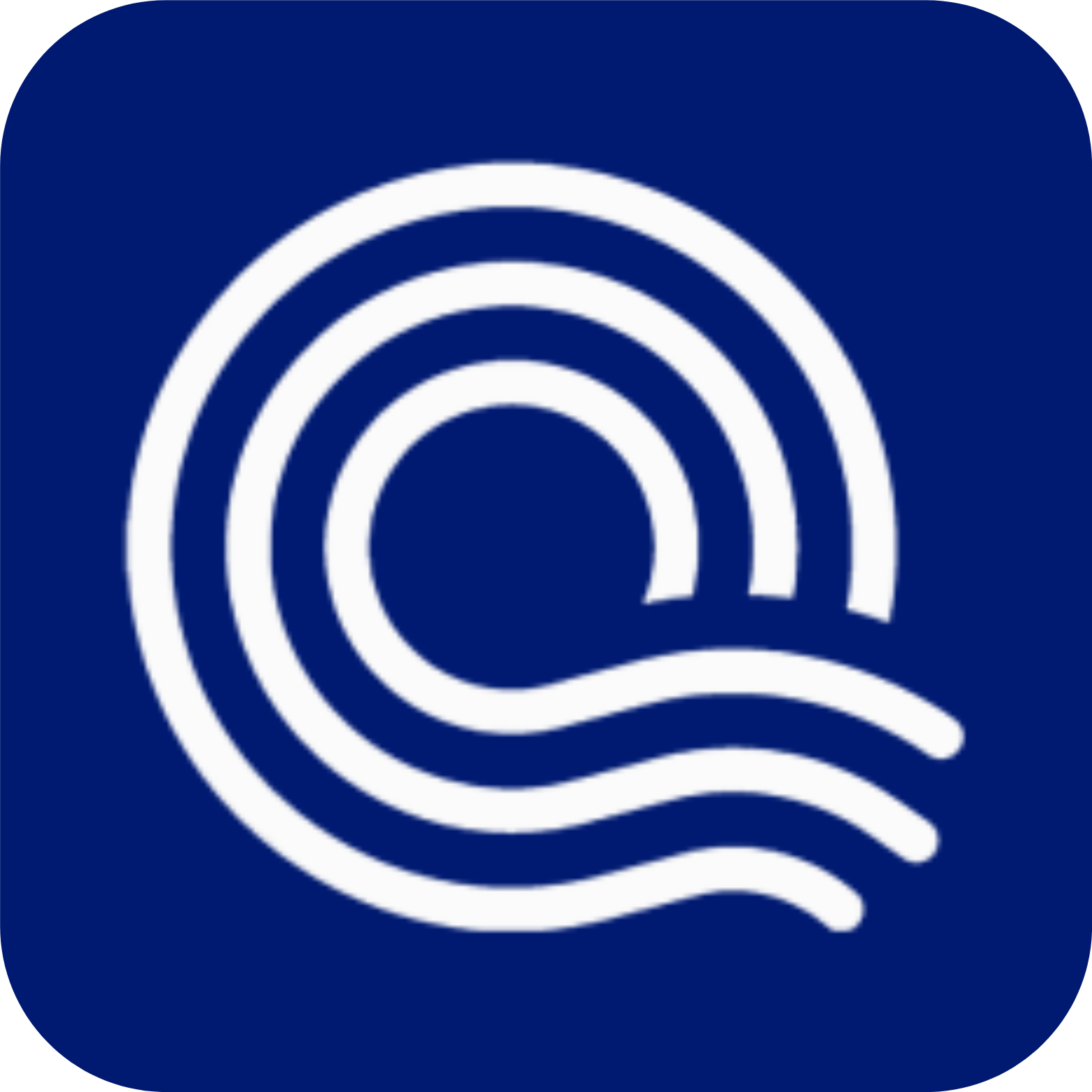Project Description:
The Association of University Centers on Disabilities (AUCD) is undertaking a unique effort to address the growing diversity of people with disabilities. USA is home to an increasing number of culturally diverse individuals. Trends in immigration and birth rates indicate that by 2050 there will be no majority racial or ethnic group in the United States (Center for Public Education, 2013); the nations population will be 46% non-Hispanic White and 53% persons of color (30% Hispanic, 12% Black, 1% American Indian, 8% Asian-Pacific Islanders, and 3% multiracial), a demographic already present in some states (Weller, Ajinkya & Farrell, 2012). Currently, one in three people in the United States identifies themselves as a member of a racial and ethnic minority (U.S. Census Bureau, 2007). At the same time, nearly 54 million Americans have a disability associated with a long-term physical, sensory, or cognitive condition (U.S. Census Bureau, 2007). An estimated 12% of the national student population experiences some type of disability (Special Education Resources for General Educators, 2014). People with disabilities experience many of the same challenges of other marginalized groups. Even though progress is being made in the move towards equal opportunity in training, education, and leadership (Wolanin & Steele, 2004), the intersection of disability and race can present additional challenges. One area in which this is demonstrated is in the disproportionate representation of students from diverse racial and ethnic backgrounds in special education (Blanchett, Klingner & Harry, 2009).
With diverse populations expected to grow in the coming years, addressing and eliminating disparities in education, service, training and leadership is a top priority for the disability community. AUCD is meeting this challenge by developing a diversity and inclusion blueprint for disability researchers, service providers, educators, advocates, and other stakeholders. In this context, diversity is inclusive of race, ethnicity, language, ability, gender, and sexual identity and orientation. The blueprint is being informed by an advisory group of experts, findings from a literature review, exploration of existing diversity blueprints or strategic plans, individual interviews with stakeholders who currently live and/or work at the intersection of race and disability, and focus groups with community partners. This blueprint will provide guidance, resources, and activities in four key areas:
1. Increasing cultural and linguistic competence,
2. Developing partnerships with key organizations representing diverse populations,
3. Increasing responsiveness to diverse populations, and
4. Implementing strategies to recruit and maintain a diverse workforce.
A key priority is to provide guidance, resources, and activities that are implementable in short- and long-term efforts. Short-term efforts include cultural brokering, language translation and interpretation, intentional recruitment and hiring, and development of mentorship models. Long-term efforts will take more time, effort, and partnership to implement and include development of pipeline programs for underrepresented students entering the disability field, expansion of community participatory research, and identification of relevant funding streams to address research gaps. In this proposal, we seek to present preliminary findings and recommendations with detailed actionable models for preparing the disability community to increase its responsiveness to a diverse disability community.
Unserved or Under-served Populations:
Racial or Ethnic Minorities, Disadvantaged Circumstances, Limited English, Geographic Areas








